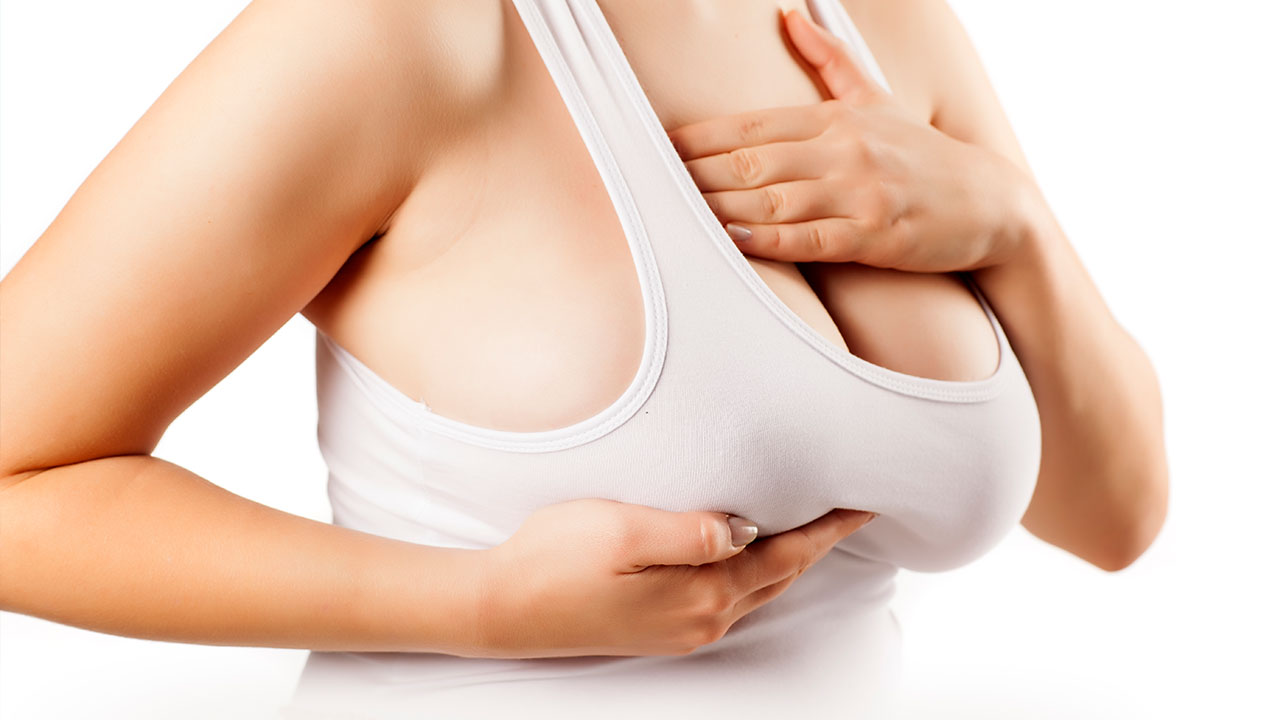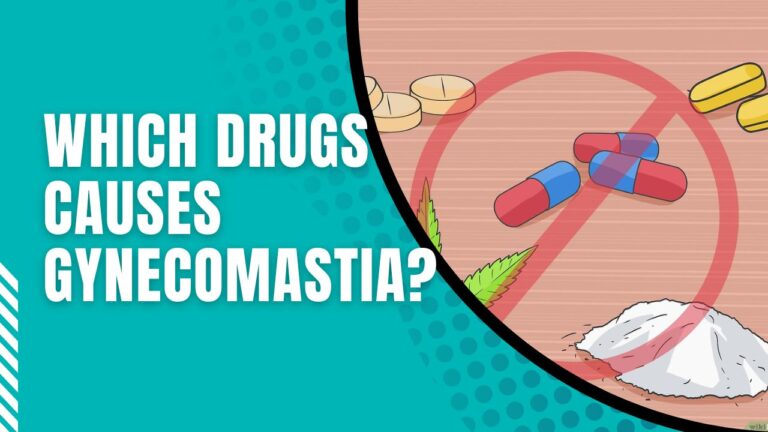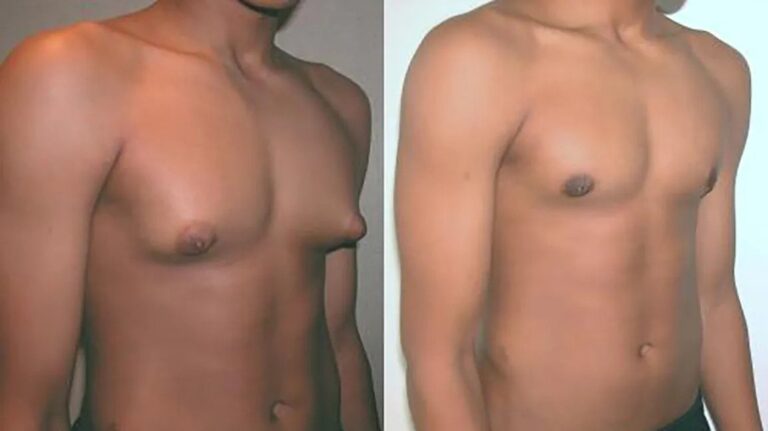Understanding Gynecomastia in Females
Introduction
Gynecomastia, commonly associated with men, is a condition that can also affect females, leading to breast enlargement. Discussing gynecomastia in females is crucial as it can impact physical health and emotional well-being.
What is Gynecomastia in Females?
Gynecomastia in females refers to the abnormal enlargement of breast tissue due to hormonal imbalances. Unlike in males, female gynecomastia is less common and can be more complex due to the natural presence of breast tissue.
Hormonal Imbalance and Gynecomastia
Estrogen and progesterone are key in female breast development. Fluctuations in these hormones can result in gynecomastia.
- Role of estrogen in breast tissue growth
- Impact of hormonal changes on breast size
Breast Development and Gynecomastia
Breast development is a natural process influenced by hormones. Gynecomastia can disrupt this, causing psychological distress.
- Stages of normal breast development
- Gynecomastia’s effect on breast tissue
Causes of Gynecomastia in Females
Various factors can lead to gynecomastia in females, from natural hormonal changes to external influences.
Book A Consultation With Dr Tarek Bayazid
Top-rated Plastic Surgeon For Gynecomastia in Dubai
Installment Plan Available
- Puberty and menopause as natural causes
- Medications like contraceptives affecting breast size
- Substance abuse contributing to hormonal imbalance
- Underlying health issues linked to breast enlargement
Common Causes of Gynecomastia in Females
Cause
- Source: American Academy of Pediatrics
Herbal Products and Gynecomastia
Some herbal supplements can mimic estrogen, potentially causing gynecomastia.
- Common herbal culprits
- The importance of regulating supplement intake
Symptoms of Gynecomastia in Females
Recognizing gynecomastia involves understanding its symptoms and how they differ from typical breast growth.
- Signs of abnormal breast enlargement
- Pain and tenderness as symptoms
Diagnosing Gynecomastia in Females
A thorough medical evaluation is necessary to diagnose gynecomastia.
- Importance of detailed medical history
- Imaging tests to assess breast tissue
Differential Diagnosis
Other conditions can resemble gynecomastia, making accurate diagnosis essential.
- Breast cancer as a differential diagnosis
- Benign breast conditions to consider
Differential Diagnosis for Gynecomastia in Females
Condition
- Source: FDA Drug Label Information
Treatment Options for Gynecomastia in Females
Treatment varies based on the underlying cause and severity of gynecomastia.
- Hormonal therapies to address imbalances
- Surgical options for persistent cases
Treatment Options for Gynecomastia in Females
Treatment Type
Non-Surgical Approaches
Lifestyle modifications can help manage mild gynecomastia.
- Diet and exercise for hormonal balance
- Alternative therapies and their potential benefits
Prevention and Management
Preventive measures can reduce the risk of developing gynecomastia.
- Monitoring medication side effects
- Lifestyle choices to maintain hormonal balance
Prognosis and Outlook for Females with Gynecomastia
The long-term outlook for females with gynecomastia is generally positive, with treatment success varying.
- Factors influencing recovery
- Importance of ongoing monitoring
FAQs About Gynecomastia in Females
What is gynecomastia in females and how common is it? Gynecomastia in females is rare and involves breast tissue enlargement due to hormonal imbalances.
Can gynecomastia in females go away on its own? In some cases, particularly when related to puberty, it may resolve without intervention.
What lifestyle changes can help manage gynecomastia in females? Maintaining a healthy weight and avoiding substances that affect hormones can be beneficial.
How is gynecomastia in females different from breast cancer? Gynecomastia is benign, while breast cancer involves malignant tissue growth.
What should females with gynecomastia know about their condition? Understanding the causes and treatment options is crucial for effective management.








